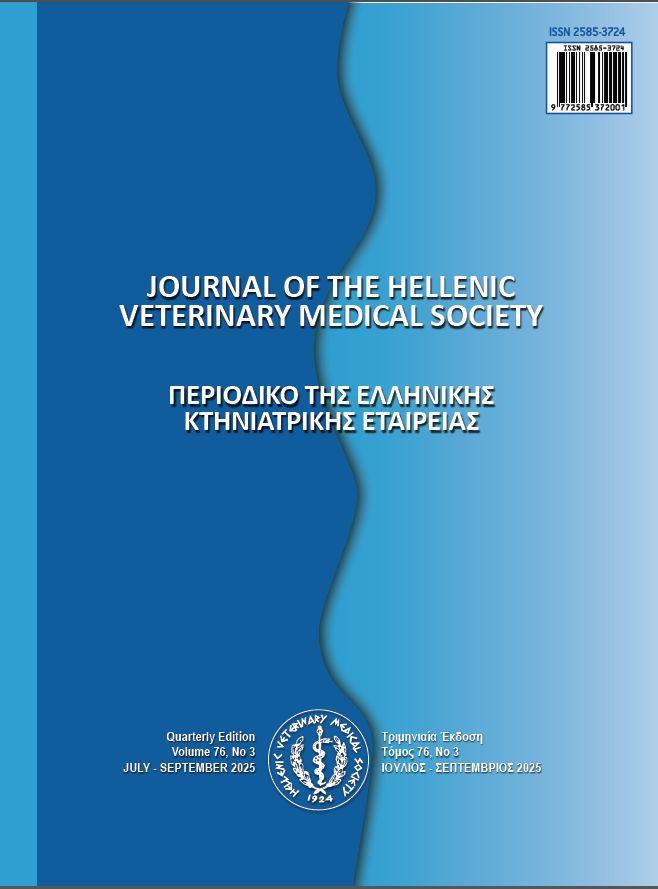Lactiplantibacillus plantarum fermentation boosts antioxidant and antibacterial effects in Allium species, potentially replacing chicken antibiotics

Abstract
This study aimed to enhance the antioxidant and antibacterial properties of extract of purple onion (OE, Allium cepa L.) and chive (CE, Allium schoenoprasum) bulbs through Lactobacillus plantarum-mediated fermentation regarding their antioxidant capacity, antibacterial activity. Among seven isolates from local free-range chicken feces, LA24 was selected for its highest survival rate (89%) against the antibacterial activities of both OE and CE. It was identified as L. plantarum 1582 through 16S rRNA gene sequencing and was utilized for the CE and OE fermentation study. Fermentation significantly increased the total phenolic content (TPC) of both extracts. Specifically, the TPC of fermented purple onion extract (FOE) increased from 4,16 to 11,63 mg gallic acid equivalents (GAE)/g, while the TPC of fermented chive extract (FCE) increased from 8,51 to 23,45 mg GAE/g. Furthermore, both FOE and FCE exhibited enhanced antioxidant activities. The DPPH radical scavenging activity, measured by IC50 values, improved from 17,14 to 11,21 mg/mL for FOE and from 4.63 to 3,18 mg/mL for FCE. Both extracts also demonstrated increased reducing power following fermentation. Importantly, FCE showed stronger antibacterial activity against Escherichia coli and Salmonella spp., key pathogens associated with diarrhea in broiler chickens, compared to FOE. In vivo studies in chickens confirmed the transient colonization potential of L. plantarum 1582 in the chicken gut. These findings suggest that fermented Allium extracts, particularly FCE, hold promise as natural antibiotic alternatives in poultry feed, contributing to improved antioxidant status and disease resistance.
Article Details
- How to Cite
-
Hai, P., Hoang, T. A. P., Pham, H. S. H., Na, T., Ngo, H. L., Ho , T. D., & Nguyen, X. H. (2025). Lactiplantibacillus plantarum fermentation boosts antioxidant and antibacterial effects in Allium species, potentially replacing chicken antibiotics. Journal of the Hellenic Veterinary Medical Society, 76(3), 9591–9600. https://doi.org/10.12681/jhvms.39235
- Issue
- Vol. 76 No. 3 (2025)
- Section
- Research Articles

This work is licensed under a Creative Commons Attribution-NonCommercial 4.0 International License.
Authors who publish with this journal agree to the following terms:
· Authors retain copyright and grant the journal right of first publication with the work simultaneously licensed under a Creative Commons Attribution Non-Commercial License that allows others to share the work with an acknowledgement of the work's authorship and initial publication in this journal.
· Authors are able to enter into separate, additional contractual arrangements for the non-exclusive distribution of the journal's published version of the work (e.g. post it to an institutional repository or publish it in a book), with an acknowledgement of its initial publication in this journal.
· Authors are permitted and encouraged to post their work online (preferably in institutional repositories or on their website) prior to and during the submission process, as it can lead to productive exchanges, as well as earlier and greater citation of published work.


